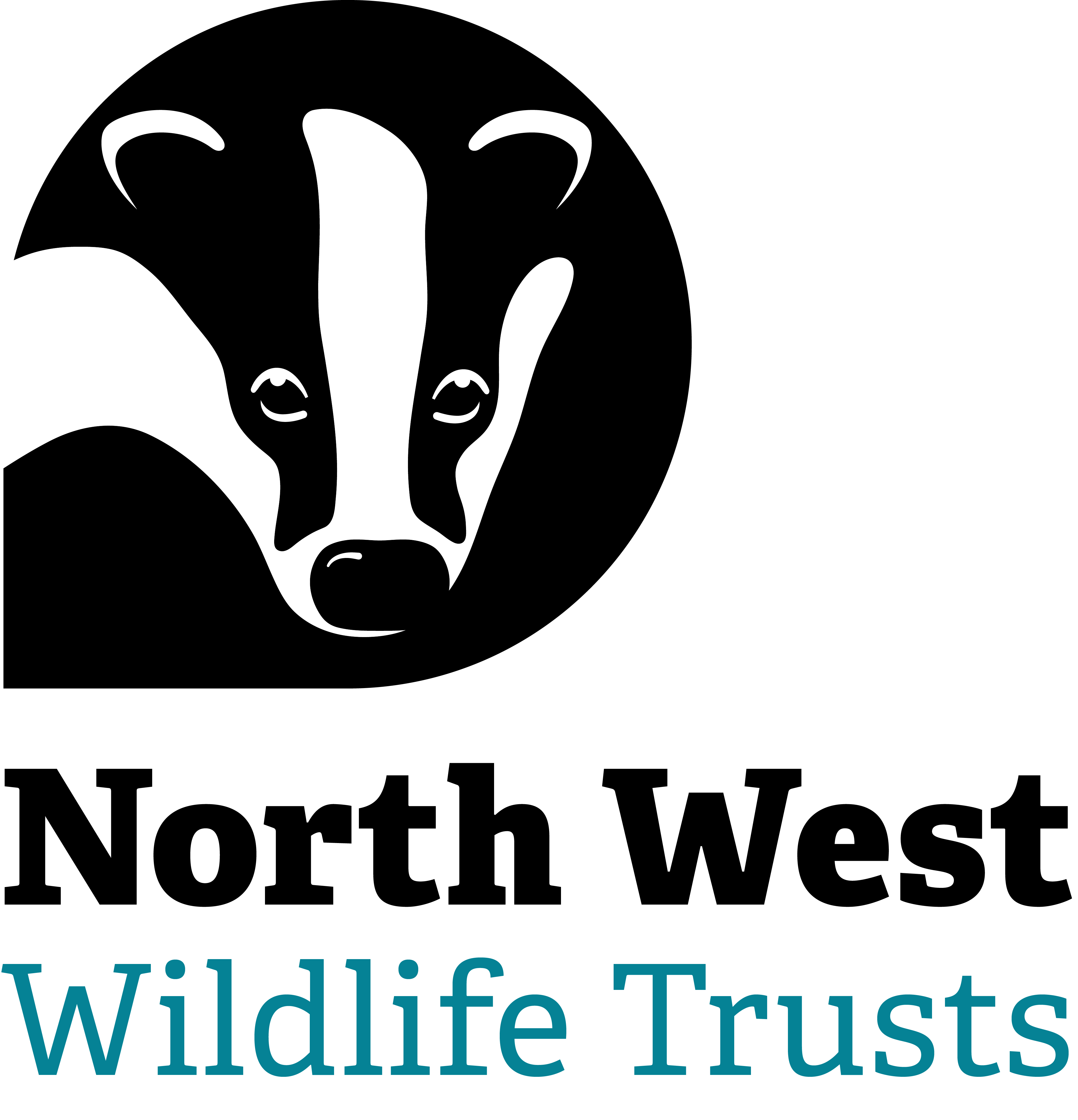Wildlife in six special places throughout the Irish Sea could receive protection after the Government announced a consultation on 41 proposed Marine Conservation Zones (MCZs) around the UK. The announcement comes on World Oceans Day (8 June), an international celebration of the world’s seas.
The Irish Sea sites which will go out to public consultation today include the Solway Firth and West of Copeland, off the coast of Cumbria; the Wyre/Lune and Ribble Estuaries in Lancashire; plus South Rigg and Queenie Corner in the western Irish Sea. The Government are looking for public support to ensure that they are protected into the future.
Marine Conservation Zones or MCZs are areas at sea where wildlife is protected from damaging activities. A total of 41 special places have been chosen for the public to comment on; these range from seagrass beds in Studland Bay, Dorset to deep, rich mud habitats in the western Irish Sea.
